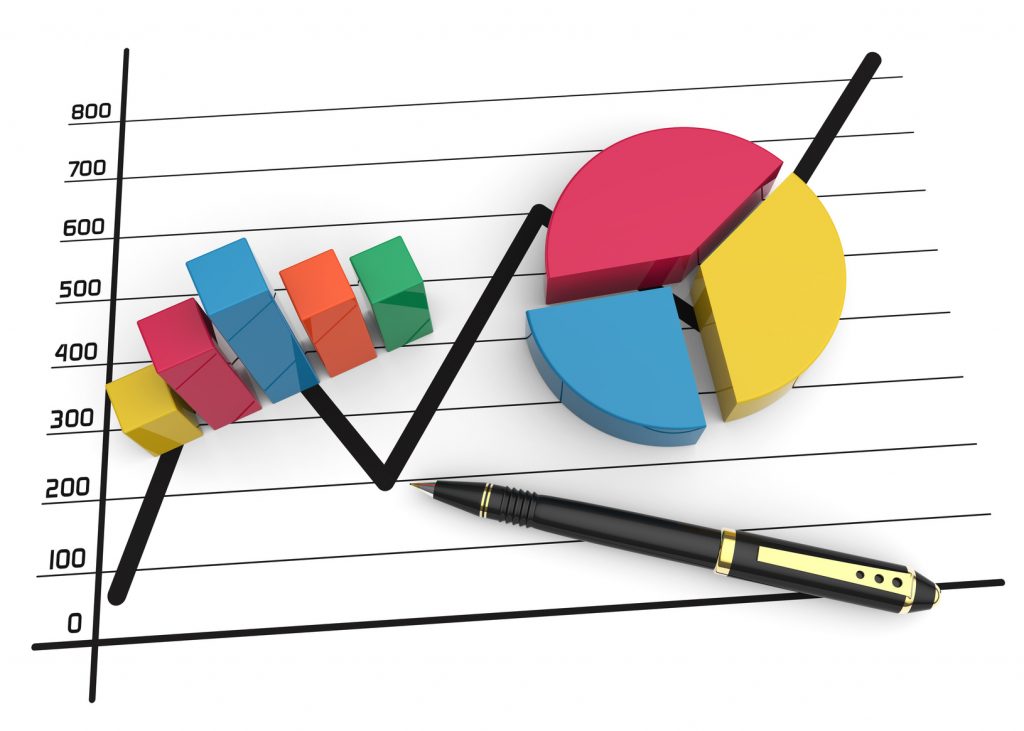When talking to companies who have yet to invest in predictive analytics I am often asked if I am sure that they will benefit. Will it be worth the time and effort involved in setting up a predictive analytics project? What kinds of benefits can they realistically expect? Are they large enough to reap the benefits of predictive analytics? This last question is the easiest to answer. If you’re selling direct to consumers and you have a sufficient customers that you cannot realistically have a genuine personal relationship with each one of them then the chances are that predictive analytics will benefit your business in some way.
It’s a mistake to think that predictive analytics is only really suitable for huge corporations with massive IT budgets. There are tools to suit all shapes and sizes of company out there and it’s possible to achieve meaningful results at all levels of investment, from an entry level of just £2,000 right up to £1,000,000 and more. Which tools you buy and what level of investment you need depends entirely on the shape, size and form of your opportunity or issue. It’s like buying clothes. They come in all sizes and what suits you may not suit your best friend.
So, as long as you have a reasonable volume of customer data then you could be doing some form of predictive analytics. But why would you? Years of experience of working with many different kinds of organisations on diverse predictive analytics applications have led me to conclude that there are five basic ways in which companies tend to use predictive analytics.
- To grow – Many companies use analytical techniques to score each customer based on their behaviour, interactions and attitudinal responses. They then use these outputs to drive change their own behaviour in customer-facing parts of the business (such as sales, marketing, customer care and so on). This kind of analysis can tell you which customers you should include in direct marketing campaigns or special offers, which products to offer as your next best offer, which customers are at risk of lapsing and what you would need to do in order to keep them with you, and much more. Using predictive analytics in this way helps you to grow your business. By knowing more about your customers, what they want, when they want it and being first in the queue with the right message, you can sell more.
- To compete – Another common reason why companies use predictive analytics is to gain competitive advantage and learn about changes in the market place, customer buying patterns and trends before their competitors do. Of course there’s lots of market information freely available already but using a predictive model generated using your own data gives you intelligence that can put you steps ahead of others in your space. As well as using this to generate additional sales and retain customers, you can also start to identify microsegments of customers who choose your company over your competitors, letting you know where the competition falls short and helping you focus on your own unique selling points.
- To satisfy – Successful businesses often invest just as much time and effort (if not more) in keeping the customers they already have as they do in trying to acquire new customers. After all, we all know that it supposedly costs five times more to get a new customer as it does to keep one that you already have. Customer retention is about exceeding customer expectations by delivering them what they want, when they want it. Predictive analytics can really help with this, by ensuring that your marketing campaigns are specifically targeted at the right customers and by identifying any customers at risk of defection so that you can take action before it’s too late.
- To inform – You’re probably already doing some kind of analysis of your business’s past performance data. Looking back at what’s already happened is fine as far as it goes but you could be getting much more out of your organisation’s business intelligence than simply learning more about what happened in the past. Predictive analytics technology enables you to develop models that help you use your past data to accurately predict what’s going to happen in the future, so you can use this data to learn from experience. This isn’t just limited to traditional quantitative data. You can also make use of social data and unstructured text such as customer feedback surveys or complaint letters in formulating your predictions, giving you a richness of understanding about your organisation that traditional business intelligence just doesn’t provide.
- To defend – Predictive analytics isn’t just the domain of the sales and marketing department or the strategy team. Many companies use it to protect themselves against fraud or other illegal activity. For example, credit card companies use predictive analytics to identify those transactions which are most likely to be fraudulent. Tax officers use it to spot anomalies in tax returns which might be indicative of fraud. Asset-rich companies also use predictive analytics to identify patterns in the way in which assets breakdown so as to predict maintenance requirements before they become critical.
I strongly believe that, assuming you have enough data, predictive analytics offers potential benefits to every company. It’s common for companies to assume that they won’t have enough data to be useful or that their budget won’t be enough but that’s rarely the case – as I’ve already said, there are predictive analytics solutions for all shapes and sizes of budget and for numerous different applications.


